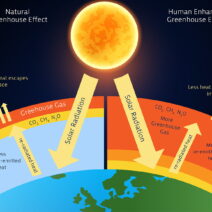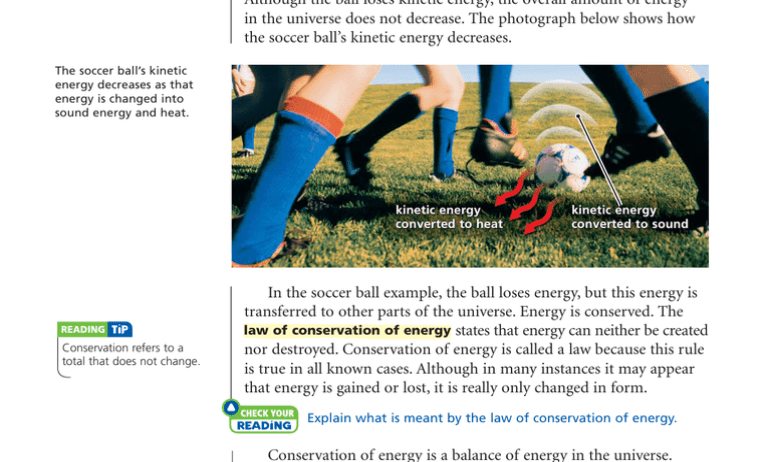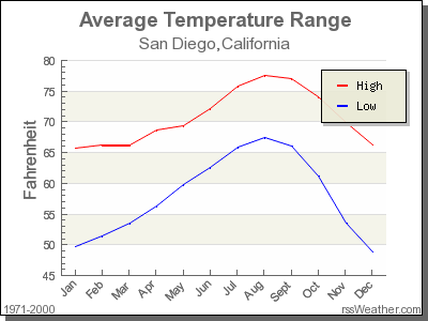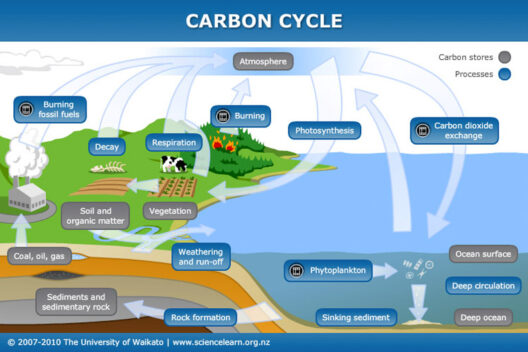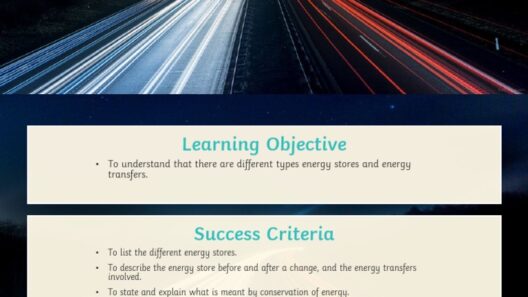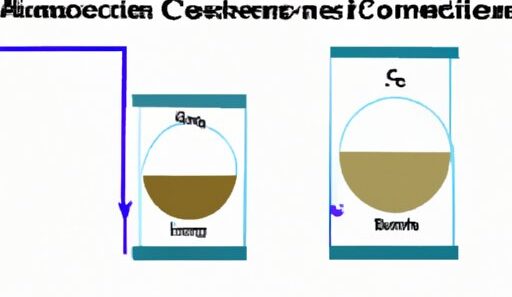Is energy conserved in an explosion? At first glance, this question may seem straightforward, yet the answer is quite intricate. Consider your favorite science fiction movie where a car explodes dramatically. The fireball, the flying debris, the sheer power of the event—which leads us to ponder: is the energy from that explosion accounted for, or does it simply dissipate into oblivion? This query opens the door to a complex interplay of physical science and energy conservation principles.
To begin untangling this enigma, it is essential to first understand the concept of energy conservation, which is prime in the realm of physics. This law states that energy cannot be created or destroyed; instead, it can only be transformed from one form to another. In a controlled environment, such as in a closed system, the total energy remains constant. However, natural phenomena like explosions present a multifaceted scenario that straddles the lines between chemical, kinetic, thermal, and even light energy.
When an explosion occurs, chemical potential energy that is stored within the molecular bonds of substances is rapidly released. Take, for instance, a firework. The explosive components undergo a rapid reaction, resulting in an exuberant display of light and sound. As the chemical reaction unfolds, the stored energy converts into kinetic energy (the shrapnel flying through the air) and thermal energy (the heat produced by the explosion). Herein lies the crux of the energy conservation debate: the energy is transforming rather than disappearing.
It is important to note that during an explosion, the energy does not vanish; it is simply redistributed into numerous other forms. This transformation leads us to contemplate the implications of energy conservation in both a scientific and philosophical context. In essence, one might argue that while energy is conserved, the manner in which it manifests—its visibility, its utility, and its control—varies drastically. The chaotic characteristics of an explosion create a challenge in observing and measuring energy conservation directly.
Challenges arise especially when considering the concept of a ‘system.’ An explosion often extends beyond a simplistic closed system. External factors, such as air pressure and gravitational forces, can influence the energy dynamics at play. For instance, the shrapnel propelled into the atmosphere could encounter friction, which dissipates energy as heat, a phenomenon not accounted for if one only examines the canon of energy output. Here, the distributed energy can lead to unpredictable interactions—contributing to further layers of complexity in understanding conservation.
Moreover, aligning with the energy conservation notion is the principle of entropy, which introduces a dash of disorder to our equations. The Second Law of Thermodynamics posits that in any energy transfer, the total entropy of a system will increase, meaning energy transformations often yield less usable energy than what was initially available. In simpler terms—while the energy remains conserved in theory, the efficiency with which it can be harnessed decreases. This phenomenon further complicates our understanding of energy in an explosive event.
As we expand our inquiry into types of explosions—detonations versus deflagrations—the complexity deepens. A detonation involves the rapid release of energy through shock waves, traveling at supersonic speeds, while deflagration is characterized by slower reaction speeds that generate heat. The nature of these reactions dictates the efficiency and manner of energy transformation, complicating the narrative of conservation. Each form of explosion serves as a unique case study in how energy is conserved while simultaneously changing form and usability.
On another front, the applications of explosive energy reveal an interesting juxtaposition with conservation principles. Controlled demolitions utilize explosions to break down structures—showcasing how harnessed energy can benefit society when manipulated thoughtfully. Conversely, unintended explosions—such as those resulting from volatile chemicals in industrial settings—lead to wastage of energy and potential hazards, calling into question human stewardship of energy resources.
Another compelling aspect involves the discussion surrounding the environmental impact of explosions, whether in the form of fireworks or demolition. While the energy is conserved and transformed, the immediate environmental consequences can overshadow the theoretical principles at play. Pollutants released into the atmosphere and noise pollution serve as poignant reminders of the balance between energy conservation and our responsibility to the environment.
In conclusion, the notion of whether energy is conserved in an explosion is, indeed, a labyrinthine topic that intertwines various principles of physics, chemical reactions, and environmental considerations. The unyielding law of energy conservation persists, even amidst the combustive displays of explosive reactions. Thus, while it may appear chaotic and energy may feel fleeting, it is ever-present, merely transmuted into myriad forms that echo through the cosmos. As we continue to embrace innovative and sustainable energy practices, recognizing the continuity and transformation of energy should be at the forefront of our collective consciousness.
The question then transforms into a broader inquiry—how can society align its practices with the fundamental principles of energy conservation? As we navigate the complexities of energy management and environmental stewardship, one is left to ponder how the explosive allure of immediate power can coexist harmoniously with sustainability and responsible resource use. This intricate relationship demands our attention, sparking a necessary dialogue about conservation, responsibility, and our shared future.

